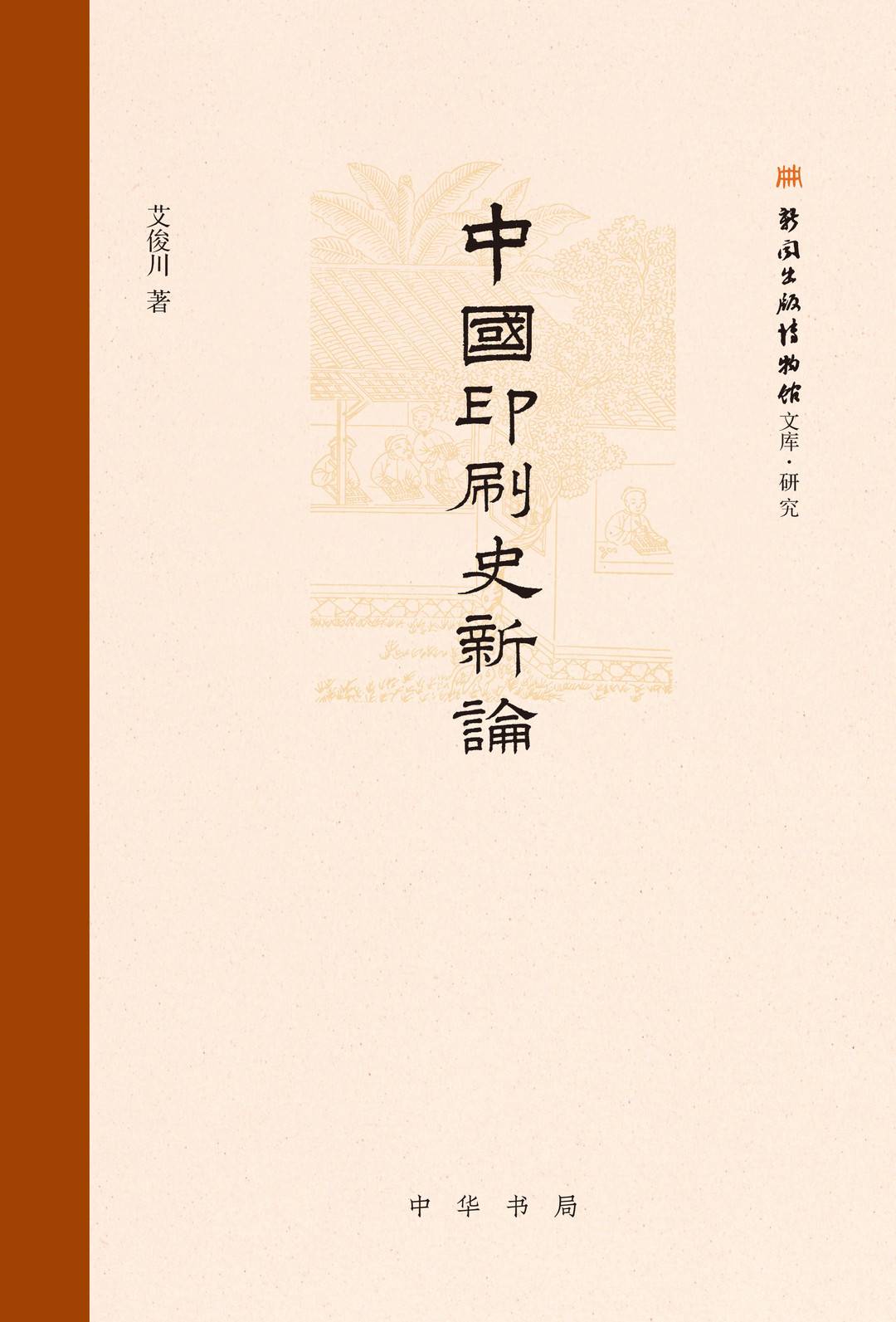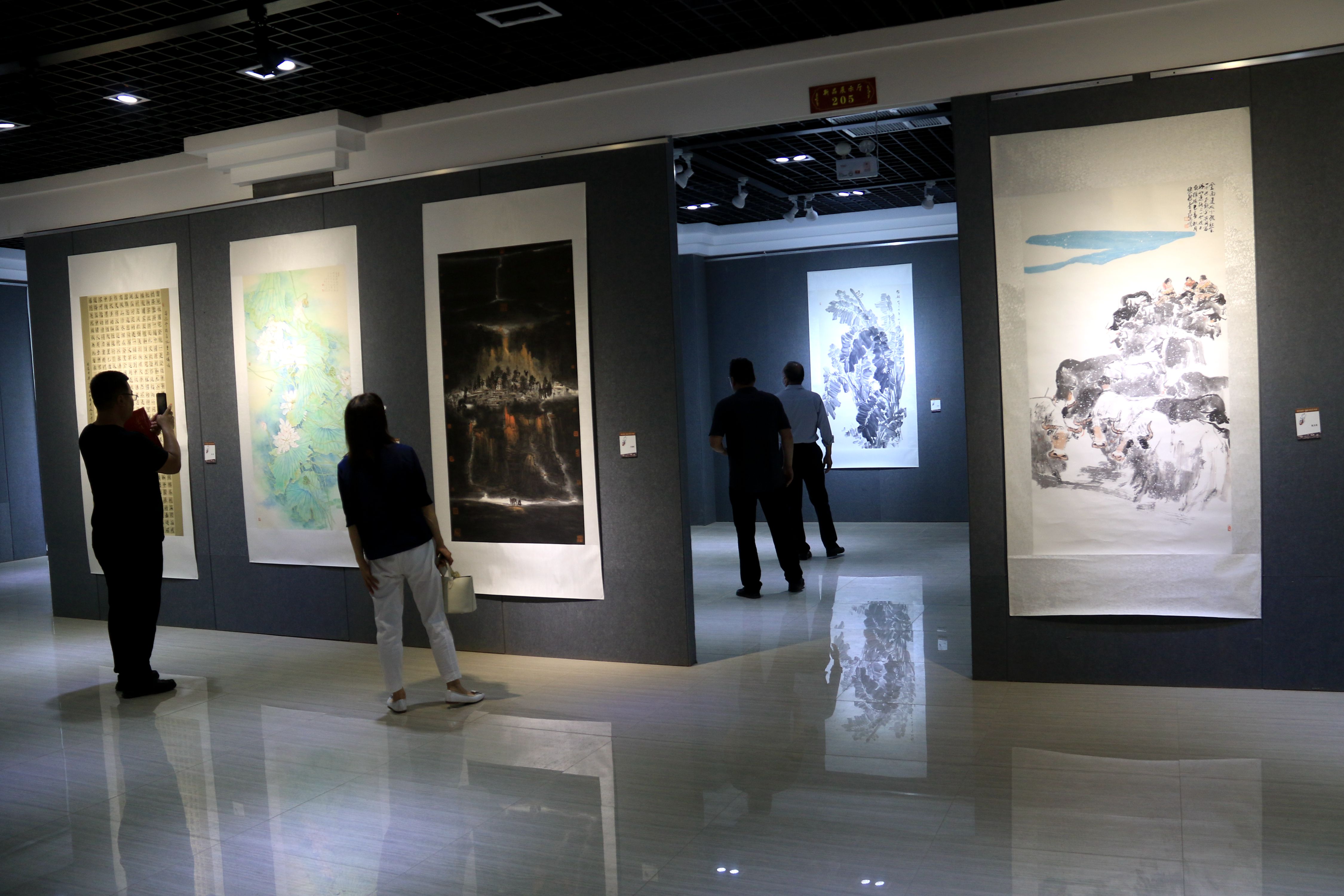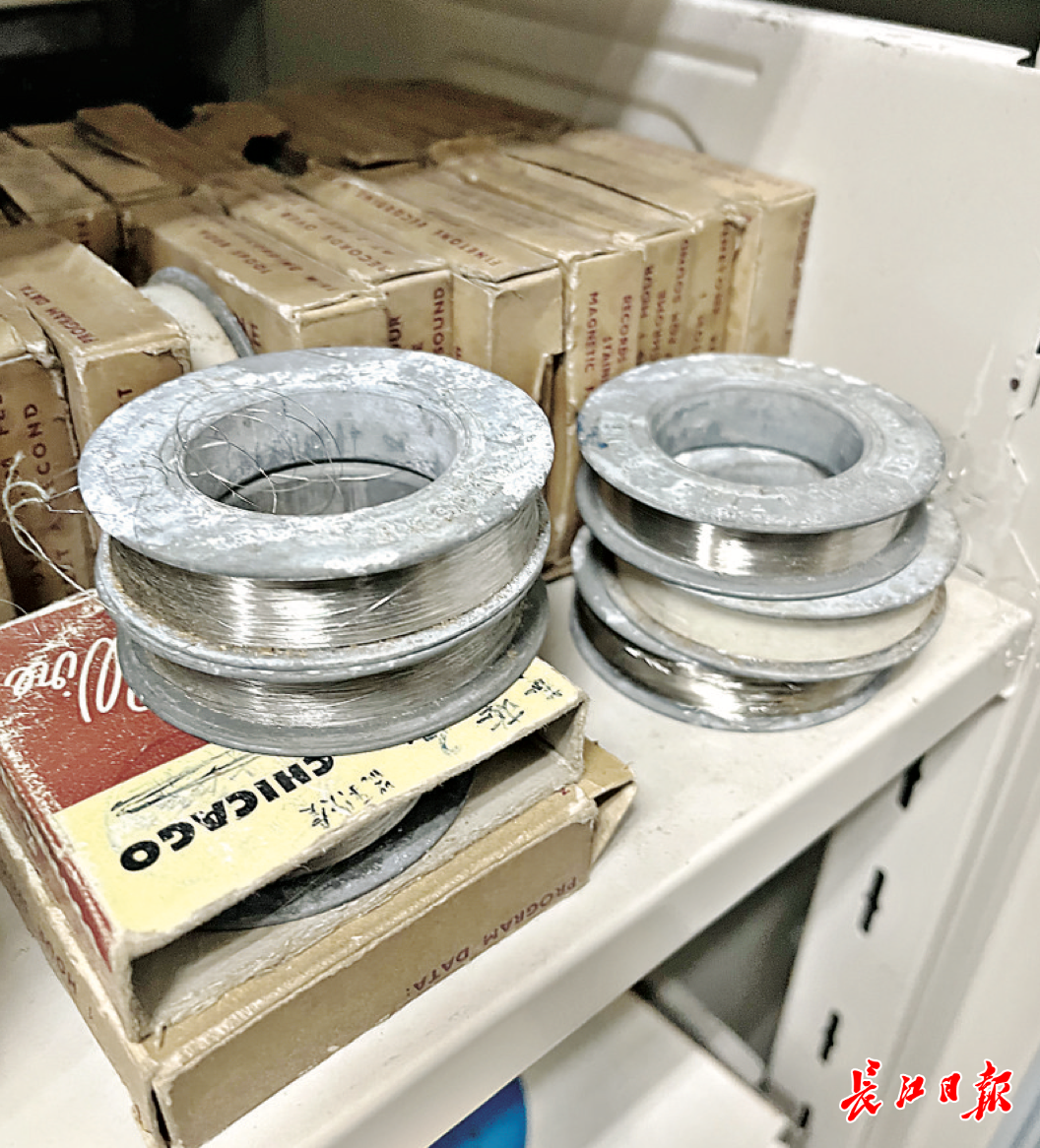"New theory of Chinese printing history" analyzes the history of printing from technical perspective with empirical leapfrog language traps and blind spots of vision 丨 new bookshelf
Author:Cover news Time:2022.06.21
Cover news reporter Zhang Jie
China is the hometown of printing and the hometown of printing history. The Song people Shen Kuo recorded Bi Sheng's invention of the printing printing in "Mengxi Bi Tan". At the beginning, he said: "The board prints books, the Tang people have not yet been prosperous. From the printed five classics of Feng Ying, the classics have been panels. "
The authors who are interested in printing history like Shen Kuo have their own people in the later generations. They will record what they have seen and heard about printing, but ancient China has not been able to produce a comprehensive system of studying the history of printing. Until the late Qing Dynasty and the early Republic of China, Ye Dehui wrote "Shu Lin Qing Wa", and Sun Yuxiu wrote "China Carving Source Stream Test". He started a large number of historical printed historical materials and judged, laying the foundation for later printing history research.
In the next hundred years, the research of Chinese printing history has continued to deepen, and the results are a big view, and a number of representative works have appeared. After several generations of scholars' continuous efforts, after the carving printing and invention, before the introduction of Western technology, the Chinese printing and publishing process, including printing technology, printing behavior and printing culture, was fully revealed, and the fact that China first invented printing was also widely known. The history of printing has become an important chapter in the history of Chinese and scientific and technological.
Ai Junchuan, who graduated from the Chinese Department of Chinese Department of Peking University, was a library of Peking University Library. He is currently a member of a part -time professor at the Beijing School of Printing and a member of the Professional Committee of the Ancient Books of Ancient Books. In his opinion, the current history of Chinese printing has made great achievements in various aspects such as discipline construction, historical materials excavation, and method use, but like any discipline, the research of printing history has deficiency.
It is more unreasonable that some important issues have not been resolved, such as the origin of the carving printing, the materials and production methods of certain living characters, etc., all of which are controversial and have no conclusion. Relatively vaguely, there are doubts about several existing "conclusions", which is difficult to believe. If some important concepts have not been scientifically defined, some prints with "special nature" have not been rigorously identified. Previously, it was difficult to avoid the suspicion of Wen Shengyi, which affected people's accurate recognition of the history of Chinese printing.
In addition to the "Triple Evidence Law"
The meaning of printing the history of printing through linguistics
Wang Guowei advocated the "two evidence law" of historical research, which has long been deeply rooted in the hearts of people. In the study of ancient utensils, some scholars advocated the "triple evidence method", that is, starting from the three aspects of literature, visual observation and scientific testing to find evidence. Ai Junchuan believes that the physical object of printing history is essentially an ancient utensil, and it should adopt the above "triple evidence method". Printing is also a very closely combined with society, culture and business. The ancients recorded that printing things were more focused on the use of daily words instead of professional terms, so they must identify their accurate meaning. From this point of view, in addition to literature quotation, layout identification, and scientific testing, the method of studying the history of printing should also be added with the meaning of the meaning of the words through linguistics. In this way, multiple evidence obtained by multiple methods can be set up to empirical bridges to guide us to cross the language trap and blind spots, and approach and restore the historical truth.

In the comprehensive use of the above methods, Ai Junchuan studied some important concepts and difficult issues that had been discussed in the academic community in the history of Chinese printing or formed "conclusion", and obtained some new theories that were different from the past. He wrote a book and was published by the Chinese Book Company in June 2022.
In the book, Ai Junchuan takes the production and development of printing as the main line. The texture of the carved printing, living characters printing and lead printing, stone printing, oil printing and other applications and their promotion of cultural development are particularly detailed. Essence From the origin of printing to modern printing and publishing culture, it runs through the history of Chinese printing.
The book focuses on the physical objects of the book and focuses on the research on the material carrier in the printing process; it also emphasizes the meaning of the meaning of the words through linguistics, and the true meaning of the word is determined by the literature records that do not match the physical characteristics of the physical technical characteristics or have no physical. Many new questions are raised in the book.
For example, does the printed version of our country originated in the early Tang Dynasty? Why does the word "bronze version" mean the same as "monitoring"? How to identify the live prints of wood, mud, and metal materials and analyze to determine the typesetting process of its word making? Why did the carved rolling stone printing and lead printed abnormal phenomena emerge in the late Qing Dynasty? Why did the traditional Chinese character print fail to replace the carving? For many difficult problems in the history of Chinese printing, on the basis of solid empirical evidence, many new theories are different from the past.
"Moral marks preserve the details of the tools and craftsmanship, which is enough to play an important role in research."
The history of printing is a technological history. Researching technology and technology has been invalidated. Compared with simple literary and history research, its research objects and arguments are richer, with both physical and literature. The real object includes printing tools and finished products, and the literature includes explanations and general records of technology and craftsmanship. However, printing is also a technology that is generated and used in life. People often turn a blind eye to things around them, and retention of related historical materials.
From the perspective of technical information, in addition to the late carving and wooden characters, early printing tools are basically lost, and the technology and craftsmanship explain that there are not many in the world. From the perspective of literature, there are no detailed and reliable records. Today's research can only be based on the ancients based on the ancients.Analysis and inferring in only words.But "printing is a practical technology, studying the problem of printing in history. The best empirical information is various physical objects, such as printing tools and finished products, followed by technical documents.The difficulty of the literature records, but there is also a huge advantage, that is, to have huge amounts of books and other prints. They are direct products of printing technology. The ink marks preserved the various details of the tools and craftsmanship, which is enough to play an important role in research.. "Ai Junchuan said.
- END -
"Meeting Dunhuang" Lintong Painting and Calligraphy Art Exhibition was launched in Dunhuang

Recently, the Meeting Dunhuang Lintong Painting and Calligraphy Art Exhibition joi...
The musician once carried 2030 pounds to recording folk songs, collecting steel wire tapes, and abso

The Yangtze River Daily Da Wuhan Client News (Reporter Wan Jianhui) Before the ...